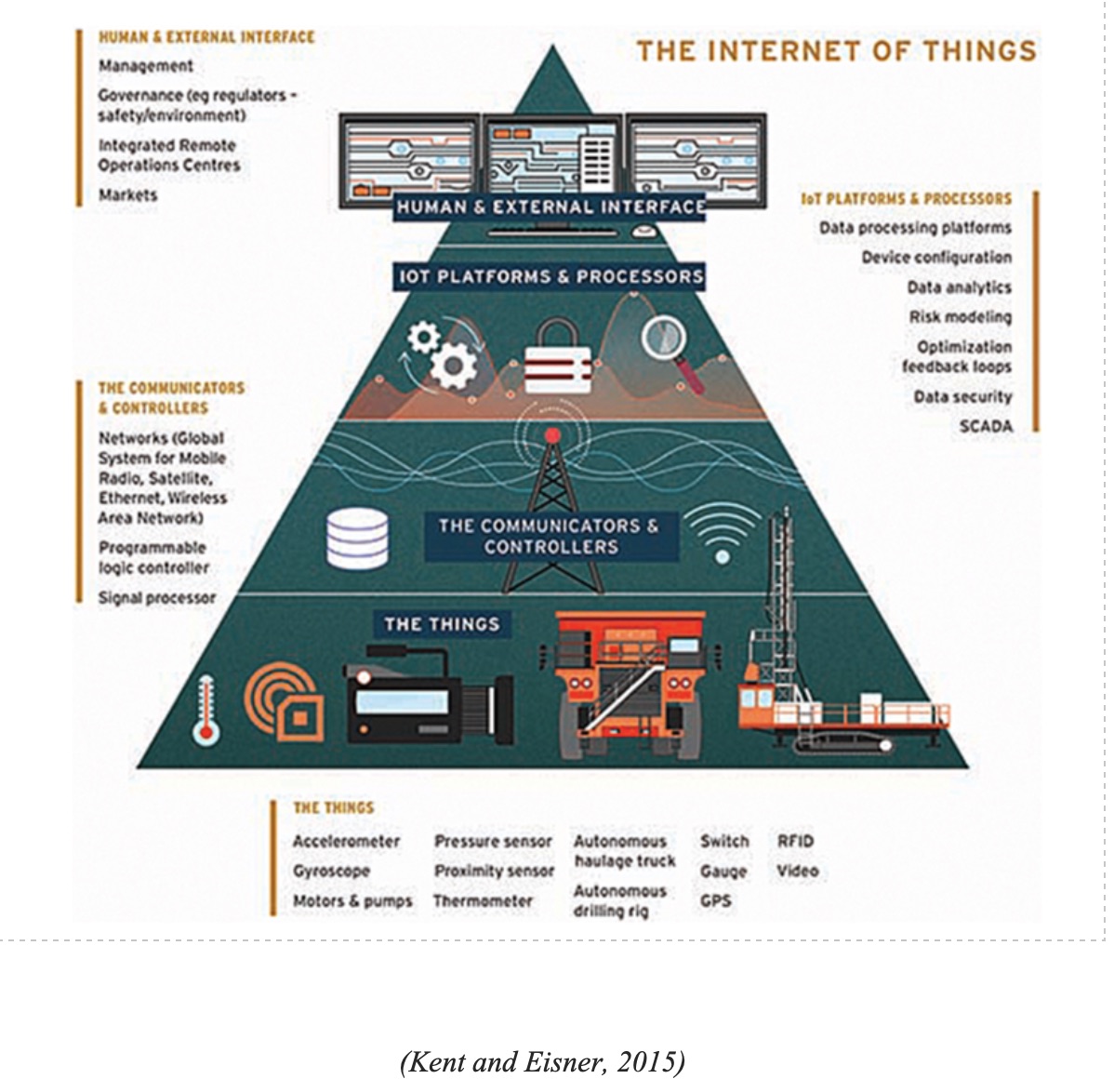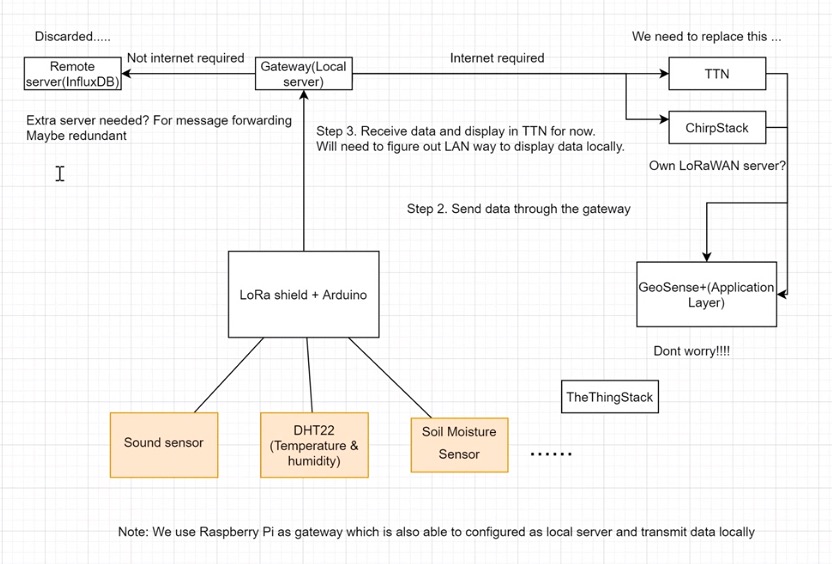Our Project
Developing an IoT system to monitor the environment
Our project involves using IoT technology to implement an environmental monitoring module in an underground mine in order to detect and record temperature, gas concentration and humidity. Within this module design, key aspects for implementation include:
- Hardware of the edge device with modular sensors that can be attached or detached for others with ease.
- Firmware of the MCU so that the edge device can perform correctly.
- The instance and any front-end program so that the user is notified when the edge device detects an emergency and is able to display it at an application level.
Project Background
A Mine IoT System
The mining landscape is changing. Many mining companies have had a deeply ingrained, conventional view of their sector and the environment in which they operate. But while it has served them in the past, it is less likely to succeed in the future. The clever implementation of digital technologies like the ‘Internet of Things’ (IoT) and automation could transform mining; making it safer, more cost effective, productive, efficient, sustainable, and profitable. With this new adaptability and efficiency, the mining industry will be better equipped to solve the challenges of the future.
The IoT is the extension of Internet connectivity into physical objects and 'things'. Embedded with electronics, hardware and Internet connectivity, these devices can communicate and interact with their environment and others, meaning that they can be controlled and monitored remotely. For mining organisations, this technology would allow mines to collect large quantities of a range of different data types, to monitor their operations remotely and in real time through internet-connected sensors. This data could be used to act out and monitor operational machinery and methods, improving efficiency and safety on site.

Hardware
Implementing an Arduino Mega and Gateway system
Our project hardware consists of the front line objects or 'things' that will be automated using an Arduino system and then connected to the internet via the gateway. The environmental monitoring module will consist of an Arduino Mega system that can connect and disconnect to sensors with ease (plug/ wireless). It should be able to control the frequency of sensing from each sensor, store this data and then send it to the gateway via a local server.
Software
Finding an alternative to TTN using ChirpStack or ThingStack
LoRaWAN has its own main server for transmitting data from the gateway to its reciever, TTN (The Things Network). However this network is global and does not offer the privacy our module requires. Hence, we will be creating a new server from ChipStack or the ThingStack that is able to transfer the data from the gateway to our application layer server GeoSense+.
The Final Product
How everything fits together
Together with the creation of the proposed module and its equally vital network server, this system should provide a low-cost long-range solution for an 'IoT' approach to environmental monitoring. It also needs to be able to suit most mine environments and have the ability to integrate seamlessly with existing sensor and internet settings.
